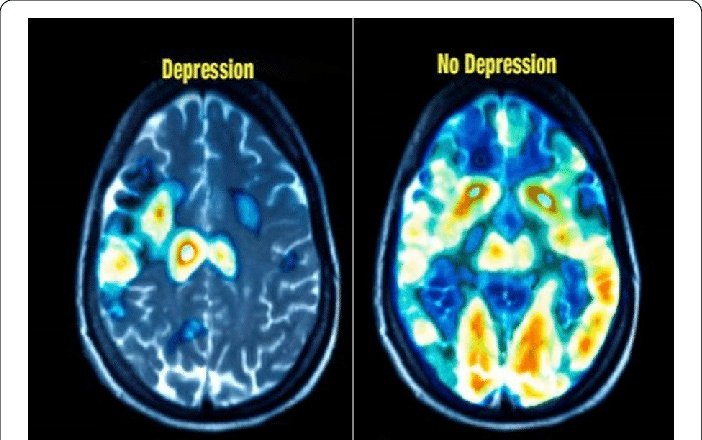Have you ever wondered what’s happening in the brain when someone experiences severe depression? Let’s delve into the fascinating world of neurobiology:
Hippocampus: This region of the brain plays a pivotal role in memory and emotions. In individuals with recurrent or severe depression, the hippocampus may exhibit differences—it can be somewhat smaller and less active. Think of it as a key player taking a temporary step back in the emotional symphony.
Prefrontal Cortex: The left prefrontal cortex, responsible for decision-making and emotional regulation, may not be as active as it should be in those with depression. Imagine it as a computer running on low power—it struggles with its usual tasks.
Amygdala: The amygdala, known for handling emotions like fear and sadness, may not communicate effectively with other parts of the brain in depression. Some individuals even experience hyperactivity in this region—a bit like a phone with a disturbed or weak signal during an important call.
Neurotransmitters: These are the brain’s messengers, and in depression, certain neurotransmitters, like serotonin, can be out of balance. This chemical imbalance can lead to persistent feelings of sadness, anxiety, or fatigue—a bit like a puzzle with missing pieces.
Severe depression can indeed cause changes in these specific brain areas, influencing a person’s thoughts, emotions, and behaviors. However, here’s the good news: with the right treatment and support, these changes can often be reversed or improved. People can regain control over their lives and start feeling better.
If you or someone you know is struggling with depression, don’t hesitate to seek help. Reach out to a mental health professional and take that crucial step toward recovery and well-being.
Learn more about how we can help you on your journey to better mental health: Schedule an Appointment
